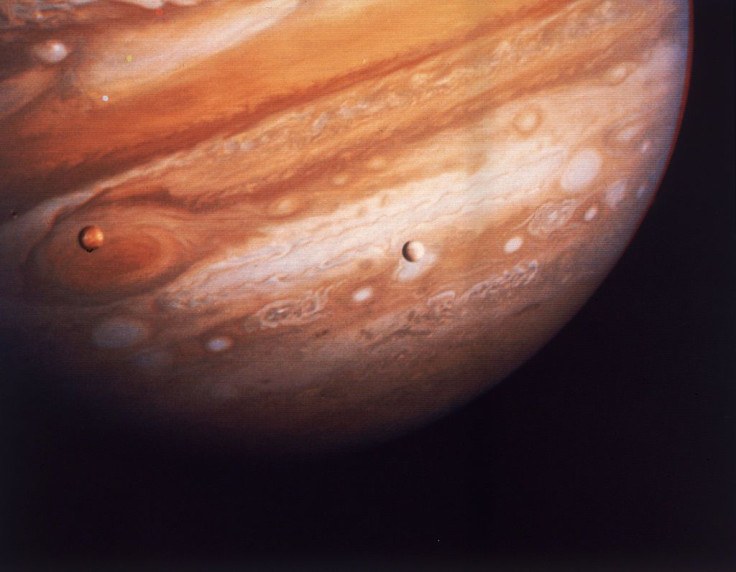Jupiter Moon Europa Hiding Alien Life Under Ice? Satellite Is NASA's Next Target

NASA has no plans to slow down on the search for alien life, and the space agency's next target will be Jupiter's moon, Europa.
If approved by NASA, the Europa Lander mission will be the one to head the search for extraterrestrial lifeforms in Jupiter's icy satellite and attempt to find biosignatures on Europa's surface. The lander was initially supposed to be launched together with the upcoming NASA Europa Clipper mission, which will begin to make its way to Jupiter's moon by 2023. But plans have changed, and the lander will follow behind the Clipper as a separate spacecraft altogether.
Cynthia Phillips, a planetary geologist at NASA's Jet Propulsion Laboratory in California, told Space.com that the Europa Lander is necessary if they really want to scour the Jupiter moon for any alien life.
"You can do habitability pretty well from Europa Clipper, but if you actually want to look for biosignatures, if you want to look for signs of life, you've got to touch the surface," Phillips said last month at the annual Lunar and Planetary Science Conference held in Texas.
The Europa Clipper mission will help guide the lander's search by providing data about the surface of Europa. Once it finds a promising landing site and successfully touches down on Europa, the lander will then be faced with the challenge of digging into the Jupiter moon's icy surface to get samples to bring back for analysis.
The Europa Lander will be equipped with a wide variety of instruments to determine whether or not there are lifeforms in the icy moon as there is no “single way of detecting life," according to Phillips. These instruments include a camera, microscope, a seismic package and devices for chemical analysis.
However, the instruments themselves will be another challenge for the future Europa Lander mission. Phillips explained that there are many factors to consider as to how the instruments will be processing and storing the material they collect. The scientist said they are still figuring out the best way to handle the samples for the future mission.
But there is a possibility that the Europa Lander mission won't make it to the launch stage as NASA may not have the budget for it.
"We're at the stage where NASA's considering how it fits into their budget priorities," Phillips said. "We don't have any idea if there's going to be funding in the future for it."
As for the Europa Clipper mission, NASA is currently testing the spacecraft and its instruments in preparation for its journey to Jupiter's moon. Just this week, researchers from NASA's Jet Propulsion Laboratory in Pasadena, California, the Johns Hopkins University Applied Physics Laboratory in Laurel, Maryland, and Langley have begun testing the Clipper's high-gain antenna (HGA), according to a statement.
With the same height as a standard basketball hoop at 10 feet (3 meters), the antenna will be the one to send back any data and images the Europa Clipper's instruments and cameras take once it begins its exploration of the icy moon.
© Copyright IBTimes 2025. All rights reserved.





















